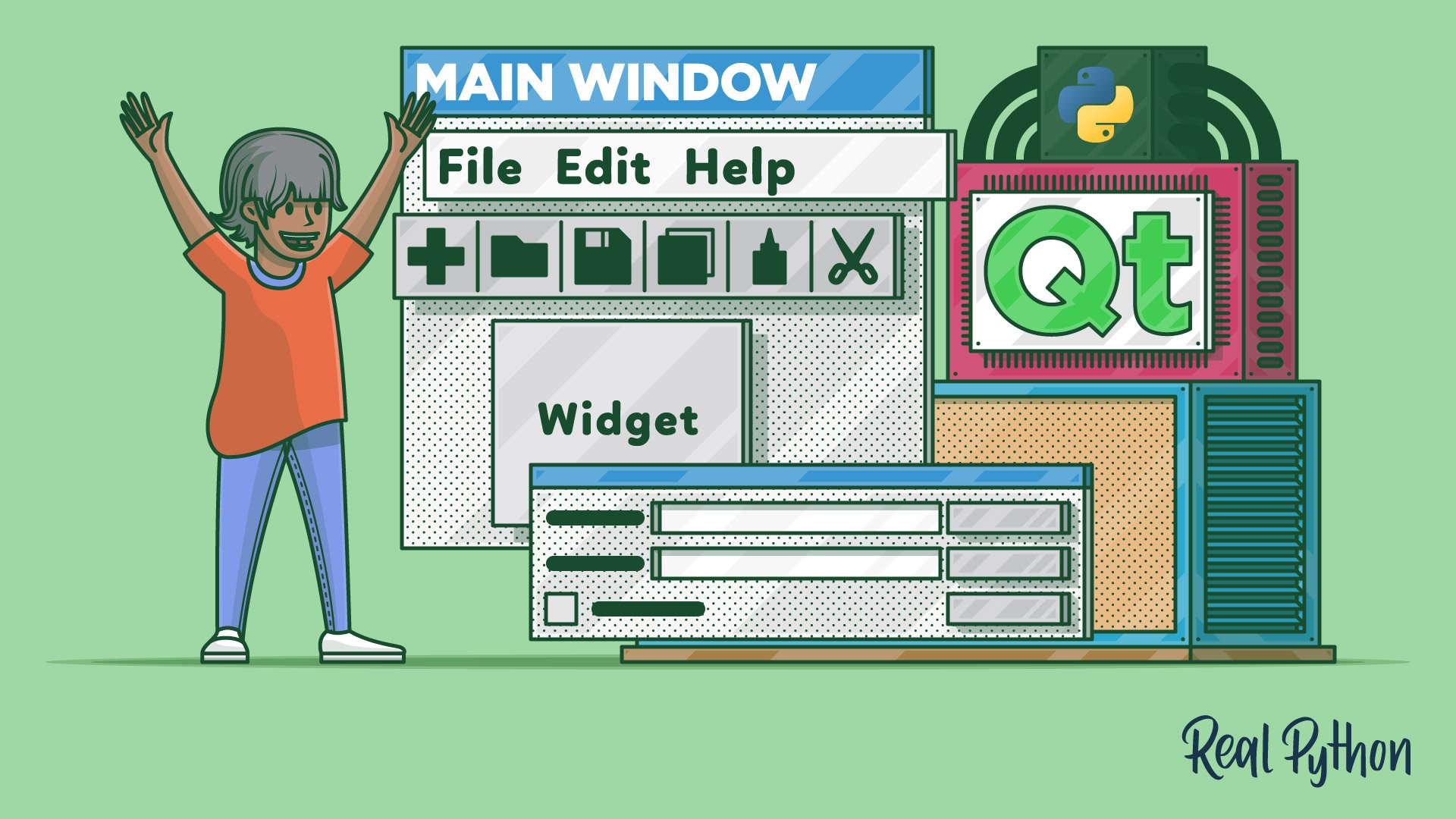

I started with an empty template to customize later. A template will have build steps for things like Go. There are two steps to creating the pipeline: 1) create it on Azure, and 2) create (and mostly tweak) the azure-pipelines.yml file, which contains the steps to be executed.Ĭreating the pipeline will look for an existing azure-pipelines.yml file, or you can create one (and push it to your repo) from a template. A wizard guides that process it should be self-explanatory. Go through the motions and create an organization and project to host the pipeline. Head to, and you’ll be greeted as a new user. I’m hoping that either I’m mistaken, and it is somehow possible to use the YAML files with generic Git repos or that Azure will start supporting GitLab as some point so that I can take out the mirror step.
#QT PROGRAMS FOR MAC FREE#
One limitation appears to be that you cannot use a YAML file stored in your repo to describe the pipeline you would need to use the visual editor on Azure.īut, considering GitHub does free private repositories these days, I decided to solve that in a simple way just have the GitLab repo mirror to a private GitHub repo and then use GitHub as the source for Azure. The last one should mean you can integrate GitLab, but there seem to be some limitations there. It integrates with GitHub, Bitbucket, Azure Repos, and generic Git repositories. Now for the second problem Azure does not integrate directly with GitLab.
#QT PROGRAMS FOR MAC DOWNLOAD#
You can pick the Qt version and give it a list of Qt modules to download and installs that specific version and modules to a local temporary directory.
#QT PROGRAMS FOR MAC INSTALL#
AQtInstallĮnter aqtinstall, which can dynamically install Qt on the workers, when needed. The only problem was that their workers do not have Qt installed by default. In any case, it’s pretty cool to see how Microsoft has evolved Azure into the cloud it is. It’s also relatively cheap (it helps if you’re a Microsoft Partner). It had the most integration options, and it support Windows, macOS, and Linux (one of the very few hosted pipelines that support macOS). There are a few reasons why I chose Azure it was the easiest to get started with because it’s pretty simple. Pretty straightforward, right? Azure DevOpsīefore I got to Azure, I did look at other options like AppVeyor, DeployHQ, AWS CodePipeline, and even just sticking with VMs (but putting them in the cloud and have them automatically rebuilt every week). It needs to integrate with GitLab to initiate when commits get pushed. The setup needs to be public so that I can share access, The workers need to be able to run Qt, C++ compilers and run Windows, macOS, and Linux,

To improve on that situation, I had a few requirements: But, these VMs need maintenance (OS & application upgrades), and I couldn’t share them with anyone else because they were running in my home. The workers (the machines that execute the pipeline) were VMs, running locally in my home lab. I’ve been using GitLab to host the code, and have been using their CI/CD pipelines to do automated compiling and testing of WhatPulse. I stepped in a lot of pitfalls and want to spare you the same.įirst, some backstory I’ve created this application, called WhatPulse (personal computer & productivity stats), which is built in C++ and the Qt framework. I recently moved to Azure, and found this combination not documented very well. This post goes into building an Azure DevOps Pipeline, which builds an Qt application.


 0 kommentar(er)
0 kommentar(er)
